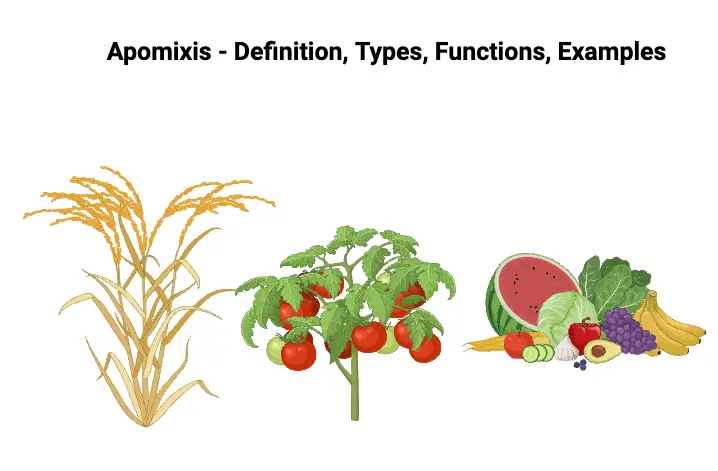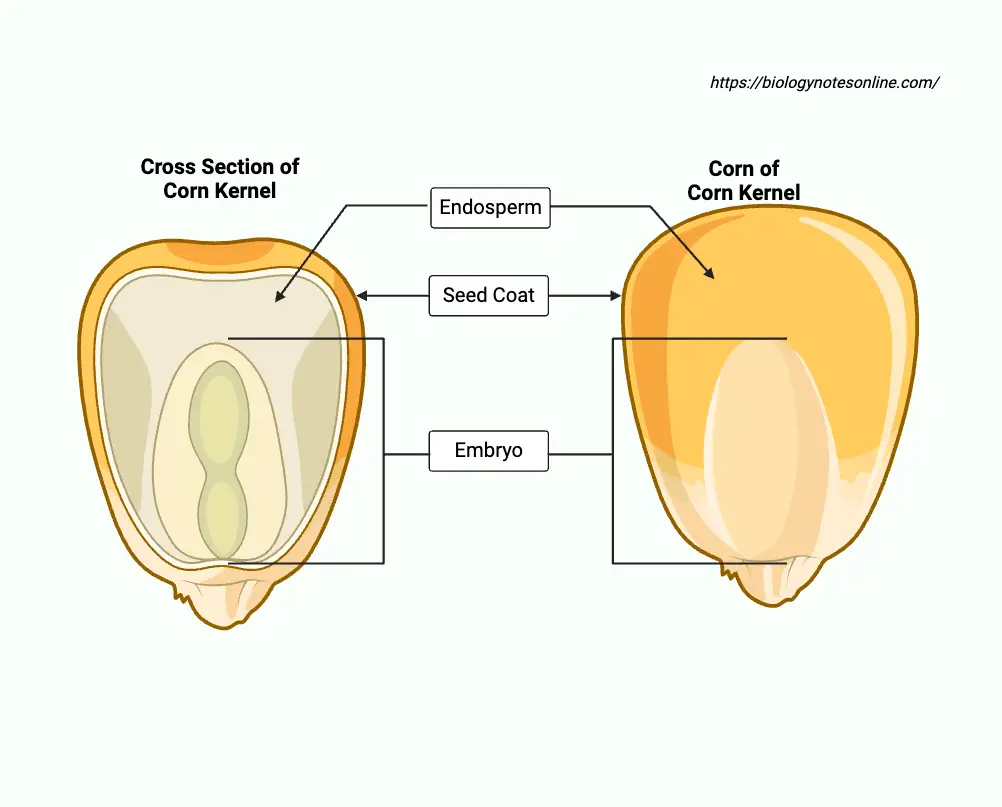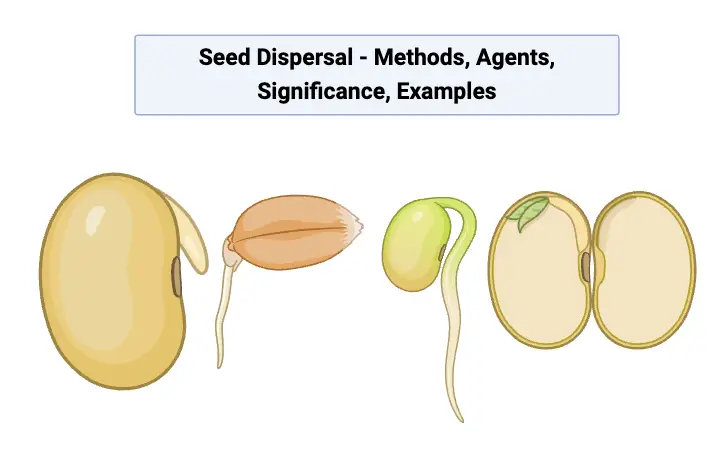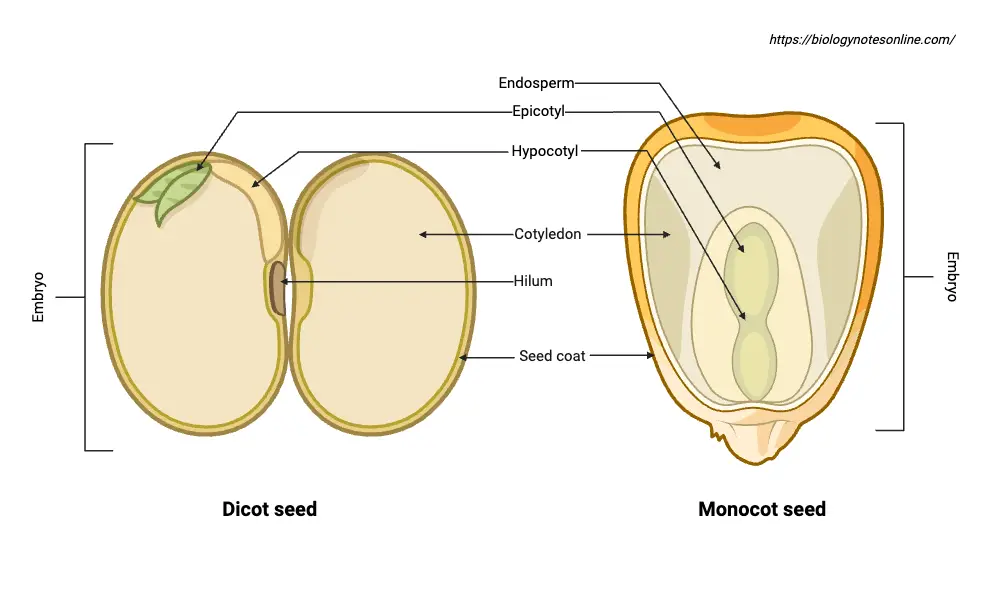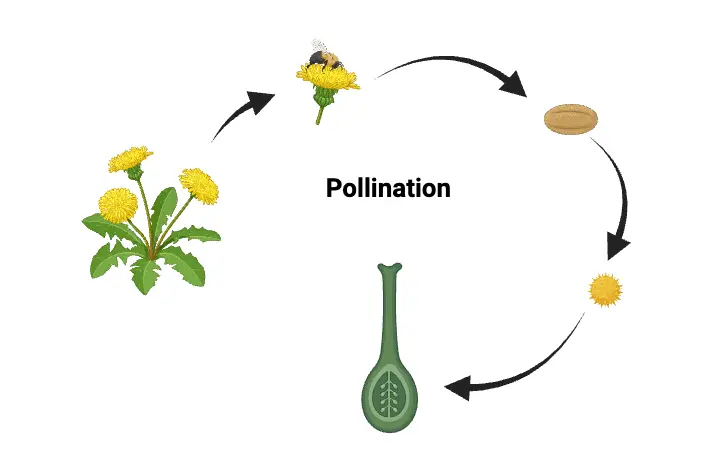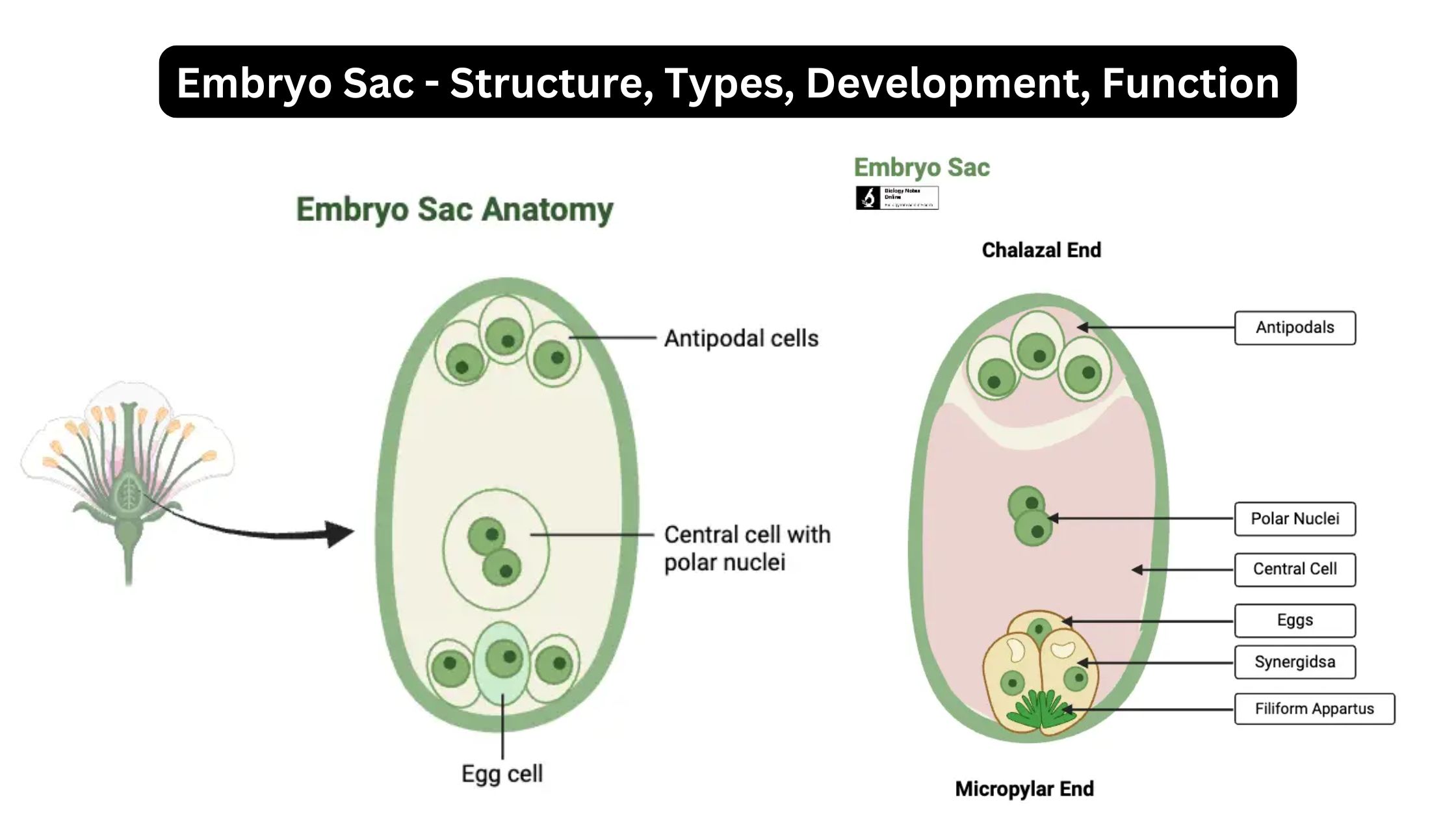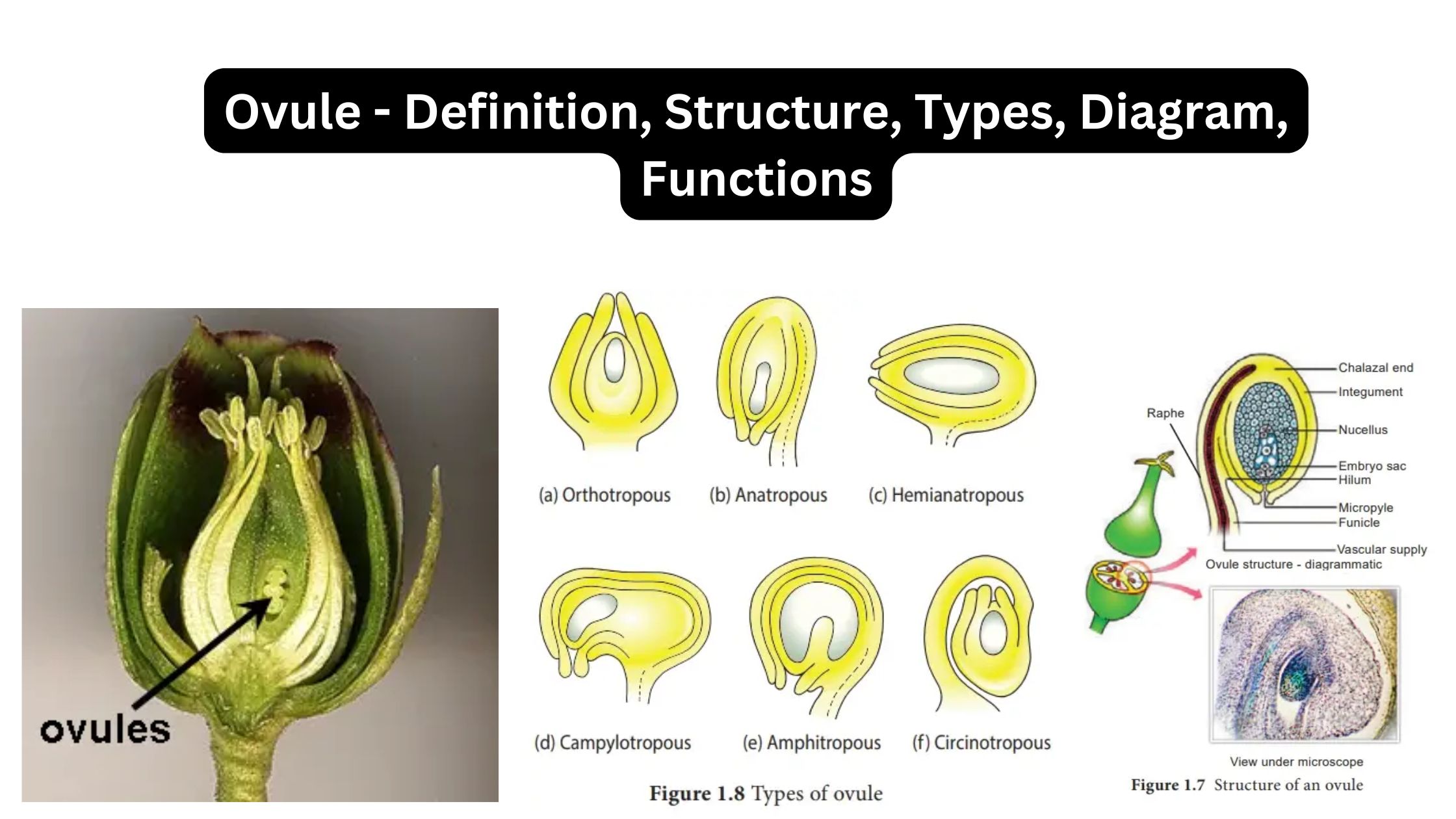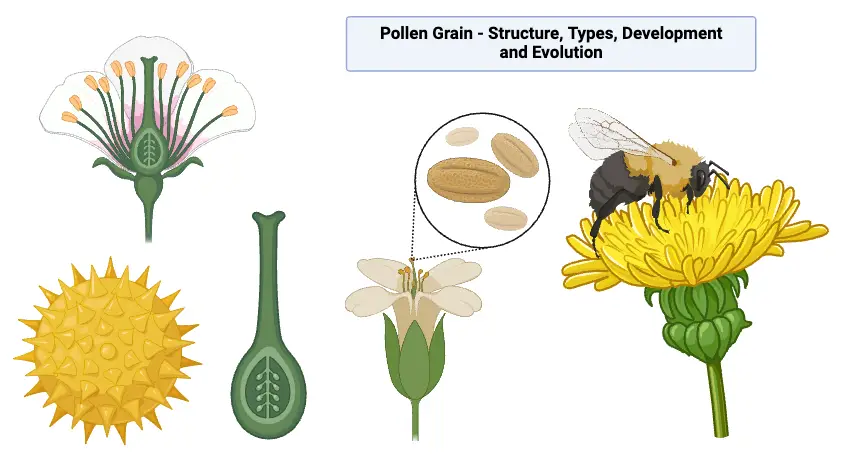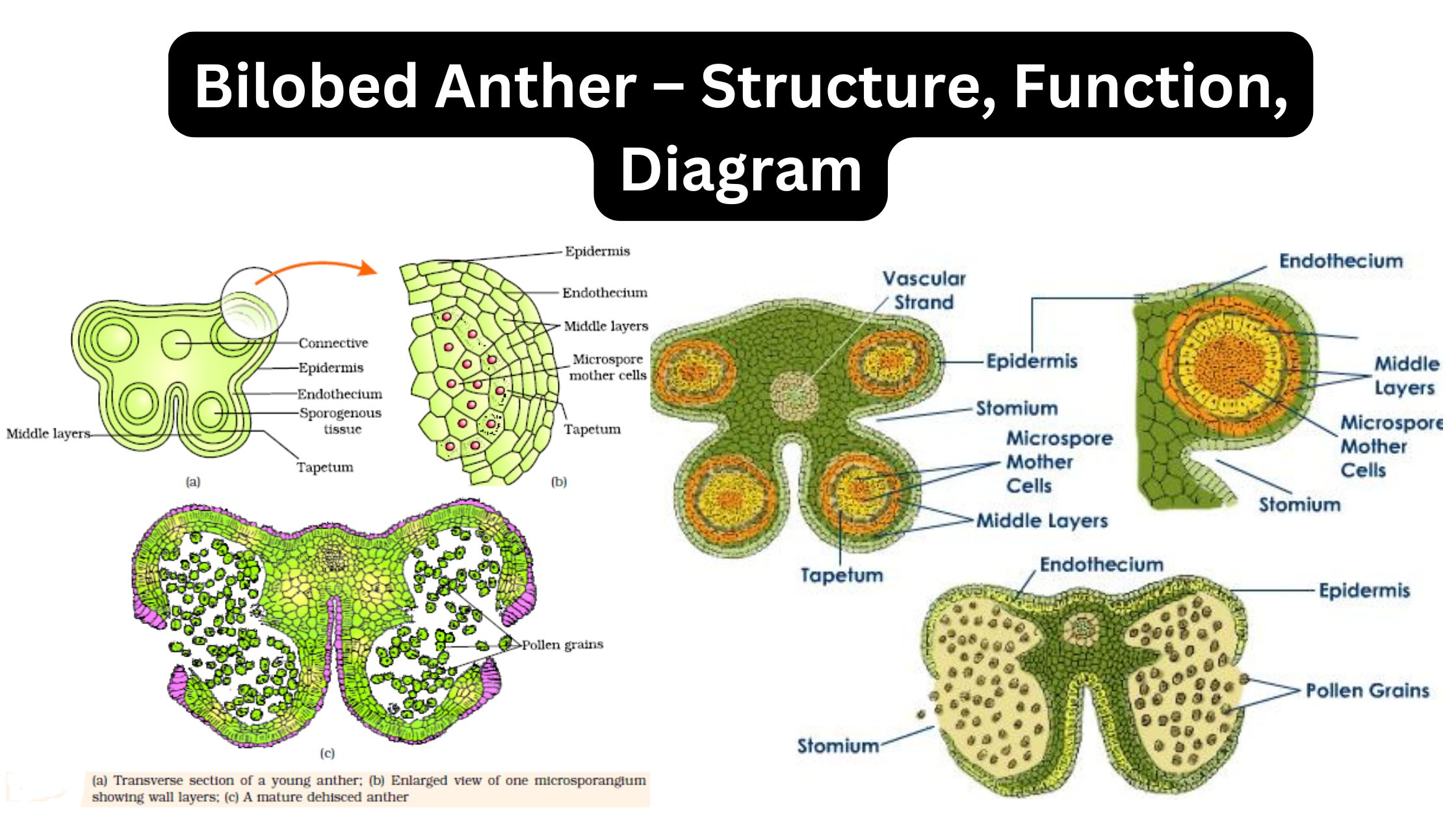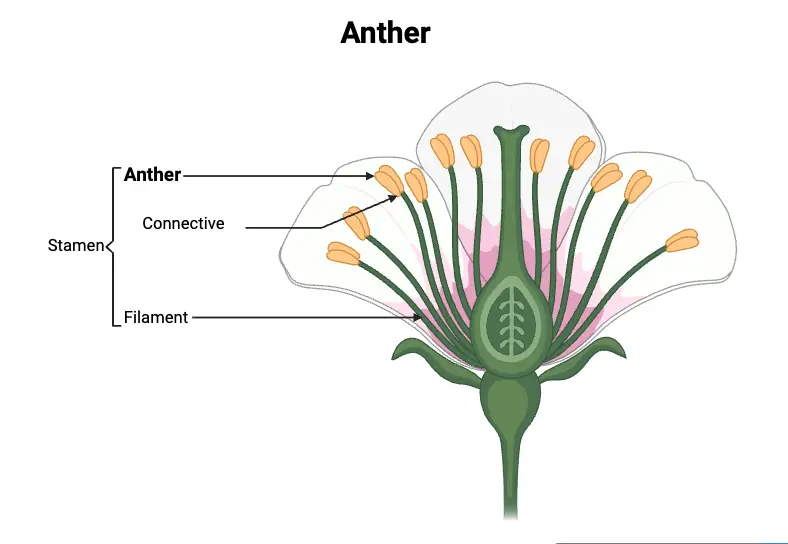Apomixis – Definition, Types, Functions, Examples
What is Apomixis? Definition of Apomixis Apomixis is a form of asexual reproduction in plants where seeds or embryos are produced without fertilization, resulting in offspring that are genetic clones of the parent plant. Characteristics of Apomixis Here is the Characteristics of Apomixis; Types of Apomixis Apomixis encompasses several distinct types of asexual reproduction in … Read more
